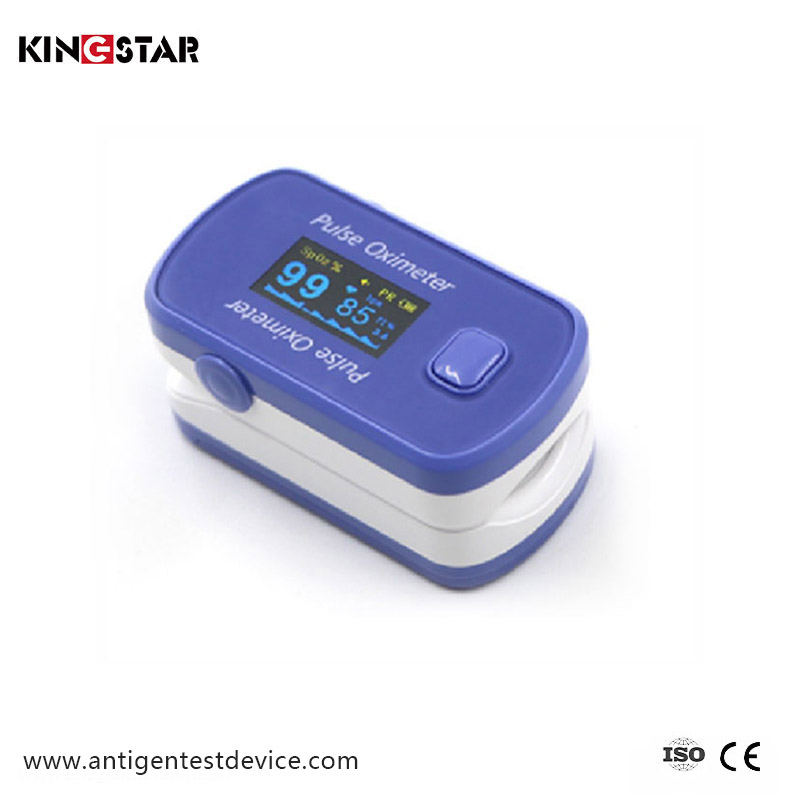What is the normal value of the oximeter?
2025-04-16
The oximeter has a pulse with P2 indicating a normal value of 60-100 beats/minute; and a blood oxygen saturation with SPO2 indicating a normal value of 95%~98%, with a maximum of 100%; the advanced oximeter also has a perfusion index with PI indicating that the greater the pulsating blood flow, the more pulsating components, and the greater the PI value.
1. Pulse
Refers to the pulsation of the superficial artery. The pulse and heartbeat of a normal person are consistent. When nervous or exercising, the pulse rate will increase.
2. Blood oxygen saturation
Refers to the concentration of blood oxygen in the blood, which is an important physiological parameter of respiratory circulation. If it is lower than 95%, it indicates hypoxia. For chronic respiratory diseases such as COPD and asthma, it manifests as hypoxia.
3. Perfusion index
Reflects the blood flow perfusion capacity. When the perfusion is low, it indicates whether the person being tested has heart problems, shock, etc., and it can also reflect whether there are external factors such as cold weather and poor peripheral circulation.
The blood oximeter is a very convenient instrument for detecting indicators of human vital signs. If the above problems occur, go to a regular hospital for treatment.




